L’Amphithéâtre Flavio (Colisée)
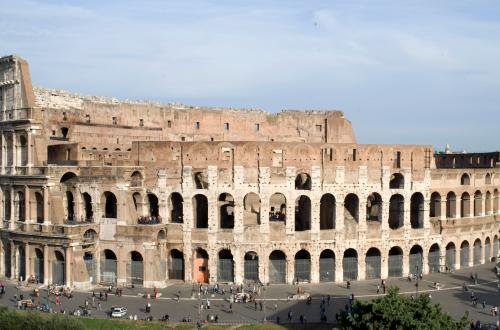
 Condividi
Condividi
The water flows in a pond consisting of a Roman sarcophagus that receives water from a lion head.
In 1980, following the excavation of an embankment in the roadway, a large rectangular basin was brought to light, with a continuous bench against the inner perimeter walls.
This fountain is a trough leaning against the corner of a palace, consisting of a block of a denticulated frame of the Romanage, dug out in the shape of a pond. Most of the dentils are worn out.
[...]The fountain, designed by Muñoz and inaugurated in 1933, is part of the wider arrangement of the area, characterised by the Municipal Antiquarium (reopened in 1929) and the widening of the road - t
[...]The fountain leans against the left wall of the Underground (Metropolitana) Station in the middle of three large arches on the wall supporting the Velia Hill.
Surmounted by an eighteenth century aedicule, this small fountain that leans against Palazzo Torlonia reuses a Roman sarcophagus with wavy flutes.
The fountain is placed outside the rear facade of Palazzo Altieri and consists of a sarcophagus of the Roman age.
These twin fountains are similar to the works by Pietro Lombardi. They consist of three small ponds flanked by a pair of small pillars.
The fountain of the Leone (Lion) was originally situated in Via di Panico (street number 62) and was moved 60 years ago against the facade of the convent annexed to the church of San Salvatore in L
[...]The fountain leans against the wall of a building and rests on two semicircular steps paved with small porphyry blocks (sampietrini) and is decorated with a rectangular granite frame that encloses
[...]This small district fountain by P. Lombardi (1927) is placed in the surroundings of the Arch of Gallienus, the ancient Porta Esquilina in the Servian Walls.
The fountain was designed by Marcelliano Mariano Ginesi and built in 1930. It consists of two pilasters resting on a base that frame the central composition.
These small fountains are made of travertine and consist of a small shell-shaped pond resting on a rock, on which a branch of a figtree is sculpted.
This ancient trough was built by Carlo Bizzaccheri in 1717 under pope Clemente the Eleventh Albani (1700-1721).
The Veschi brickworks is located right in front of the Valle Aurelia metro station and is one of the 18 brick factories that, since ancient times, using the clay extracted from the quarries of the
[...]Second in order of time and inaugurated in 2 BC, the Foro di Augusto was limited on its end side by a huge 33 metre wall made from peperino blocks and gabina stone, dividing it from the popular Sub
[...]The Forum Olitorium was the zone reserved to the vegetable and legume market.
Il Forte Antenne è uno dei 15 forti di Roma, edificati nel periodo compreso fra gli anni 1877 e 1891.
Forte Braschi is one of 15 forts in Rome, built between 1877 and 1891 to form the 'Campo trincerato di Roma' (Rome's entrenched camp). It is located in the district Q.
Forte Portuense was built along the street of the same name, to control and defend the area to the south on the right of the Tiber.
The military complex was built between 1882 and 1888 to defend the Via Trionfale and the Valle dell'Inferno.
In the 17th century the area was the garden of the Casino Belvedere of the powerful noblewoman Olimpia Maildailchini-Pamphilij, sister-in-law of Pope Innocent X.
The Horti Sallustiani owe their name to the fact that they belonged to the historian Sallust.
Extraordinary archaeological discovery on the Palatine Hill in Rome.
The hypogeum was discovered in 1911 and opened in 1976.
The hypogeum was discovered in 1955 during building construction work. It was meant for only a few households and was built in four distinct phases between approximately 320 and 360 AD.
Underground cemetery, located inside the 17th-century Villa Casali, on the left side of the Via Appia Antica.
L'Istituto Romano di San Michele è la più grande Azienda Pubblica di Servizi alla Persona (ASP) di Roma, per rilevanza patrimoniale e attività di assistenza svolta.
Si tratta di una lastra rettangolare collocata sul prospetto di un edificio storico che attualmente ospita gli Uffici della Camera dei Deputati, fra una finestra del primo piano e l'arco ribassato
[...]Urbanista, paesaggista e docente di architettura, Raffaele de Vico ha contribuito a definire l’attuale aspetto di molte aree verdi della città di Roma, sia pubbliche che parchi archeologici, con un
[...]
 Condividi
Condividi
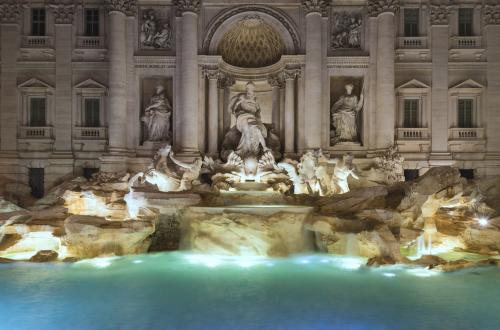
 Condividi
Condividi
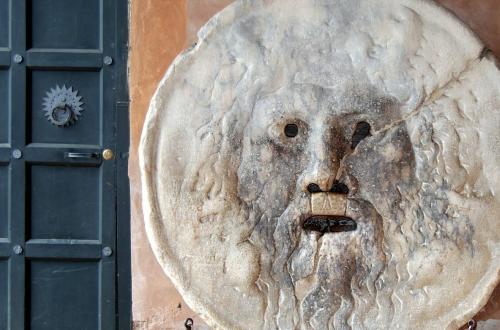
 Condividi
Condividi
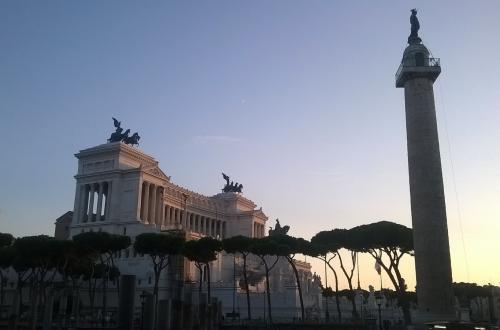
 Condividi
Condividi
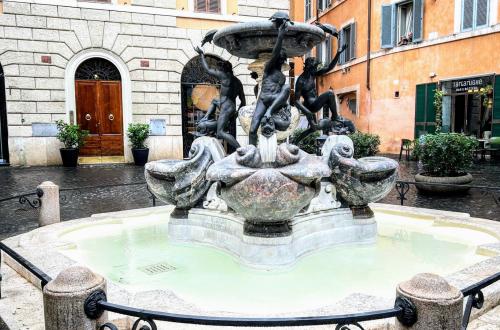
 Condividi
Condividi
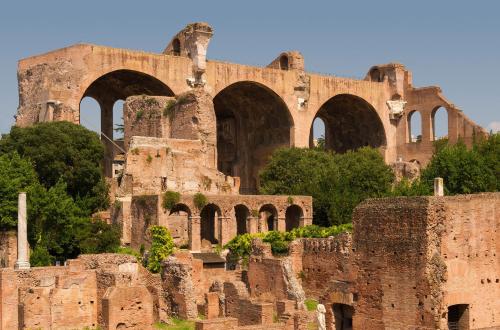
 Condividi
Condividi